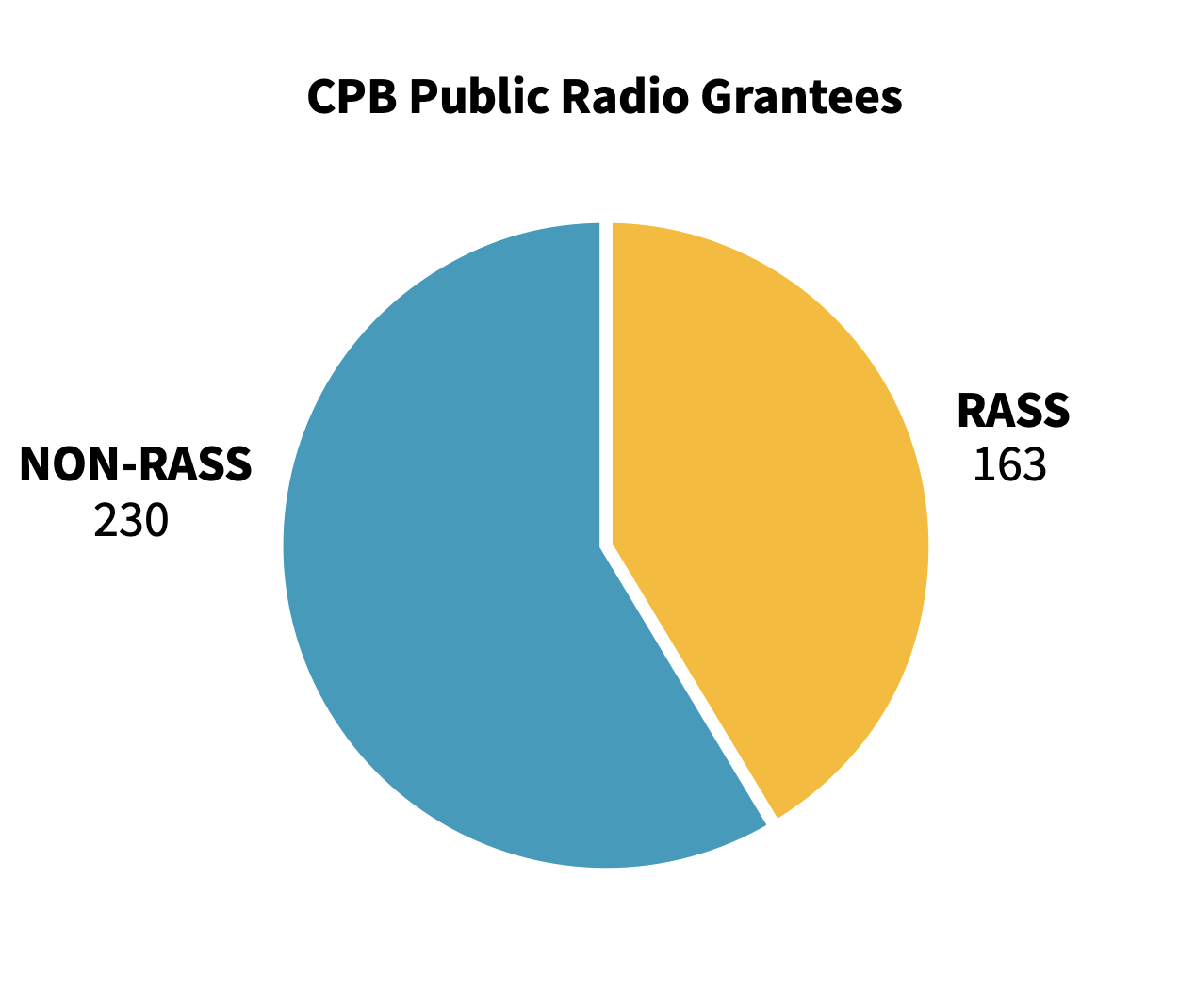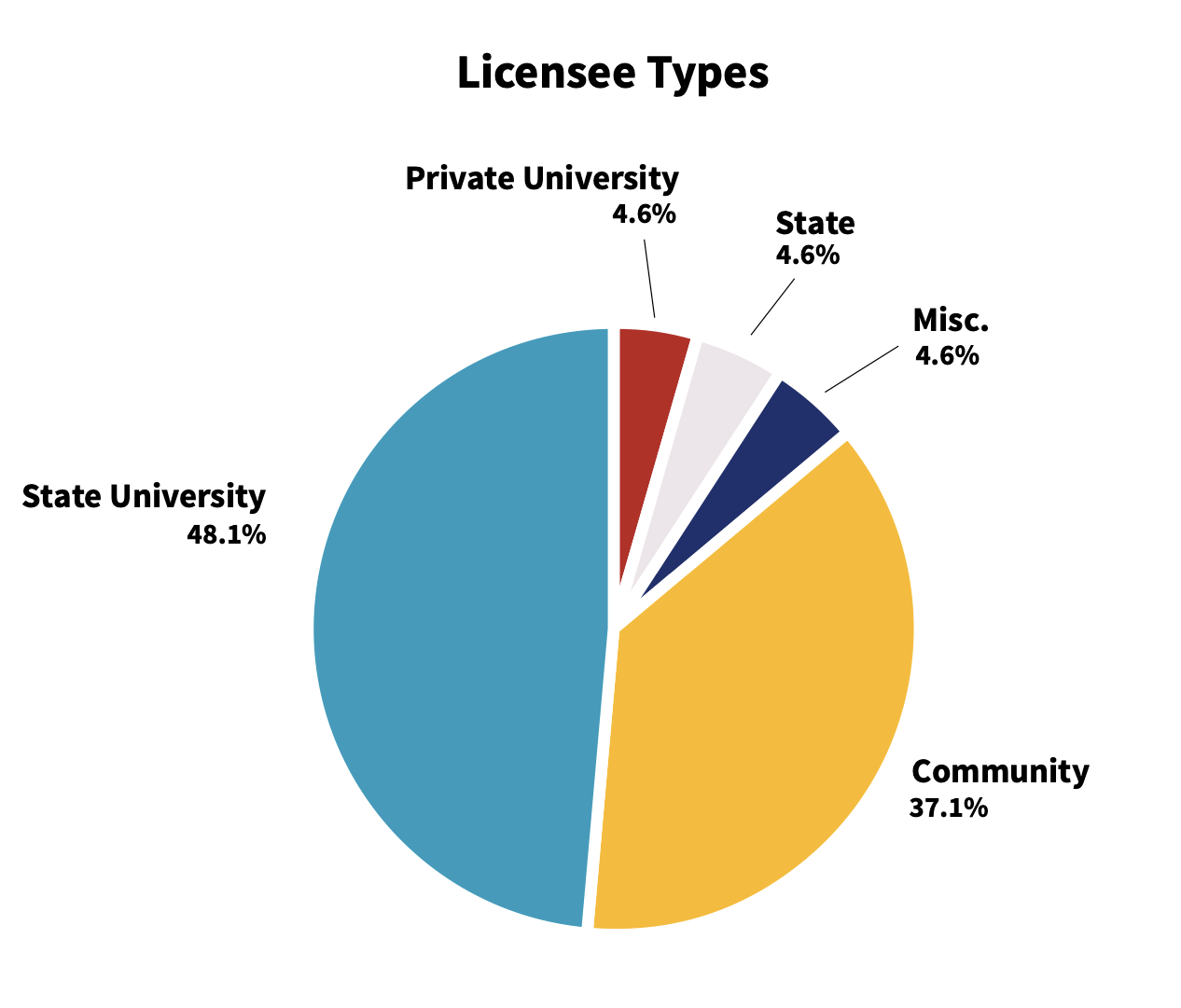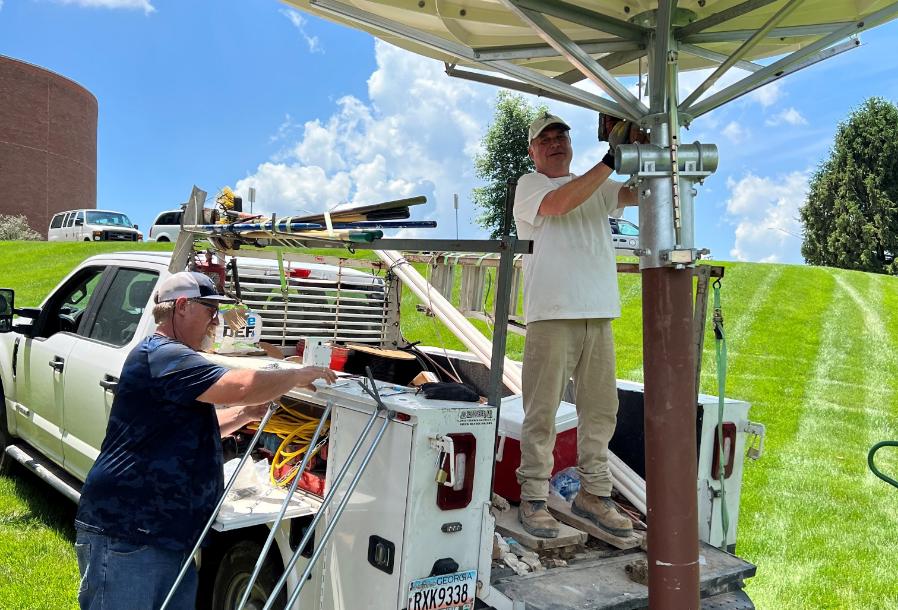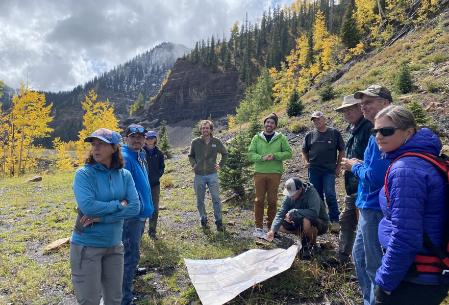
Broadcast radio has connected rural Americans since the 19th century – delivering daily news, emergency alerts, arts and culture, and music and bridging communities across the country.
During the early 20th century, hundreds of broadcasting services were established as noncommercial, educational entities, often affiliated with universities and championing service to their local communities — rural and urban. The Public Broadcasting Act of 1967 (codified as 47 U.S.C. § 396) further developed public broadcasting, authorizing the creation of the Corporation for Public Broadcasting (CPB). The act delegated to the CPB the responsibility to facilitate program diversity and encourage the development of public broadcasting services. This led to the establishment of the Public Broadcasting Service (PBS) in 1969 and National Public Radio (NPR) in 1970, as national organizations providing syndicated television and radio programming, respectively, to Member stations across the country and U.S. territories.
Today, public radio is a federated system of NPR, other national programming producers, and more than 393 CPB grantees managing about 1,200 independently owned and operated stations. The rural radio network serves all 50 states, Guam, Puerto Rico, and the U.S. Virgin Islands, as well as Native American and Island communities. In line with public broadcasting’s universal access mission, public radio stations broadcast to 98.5 percent of the U.S. population, providing local news and information to urban, rural, and underserved areas of the country, often where other broadcasters do not reach.
What is a rural station?



